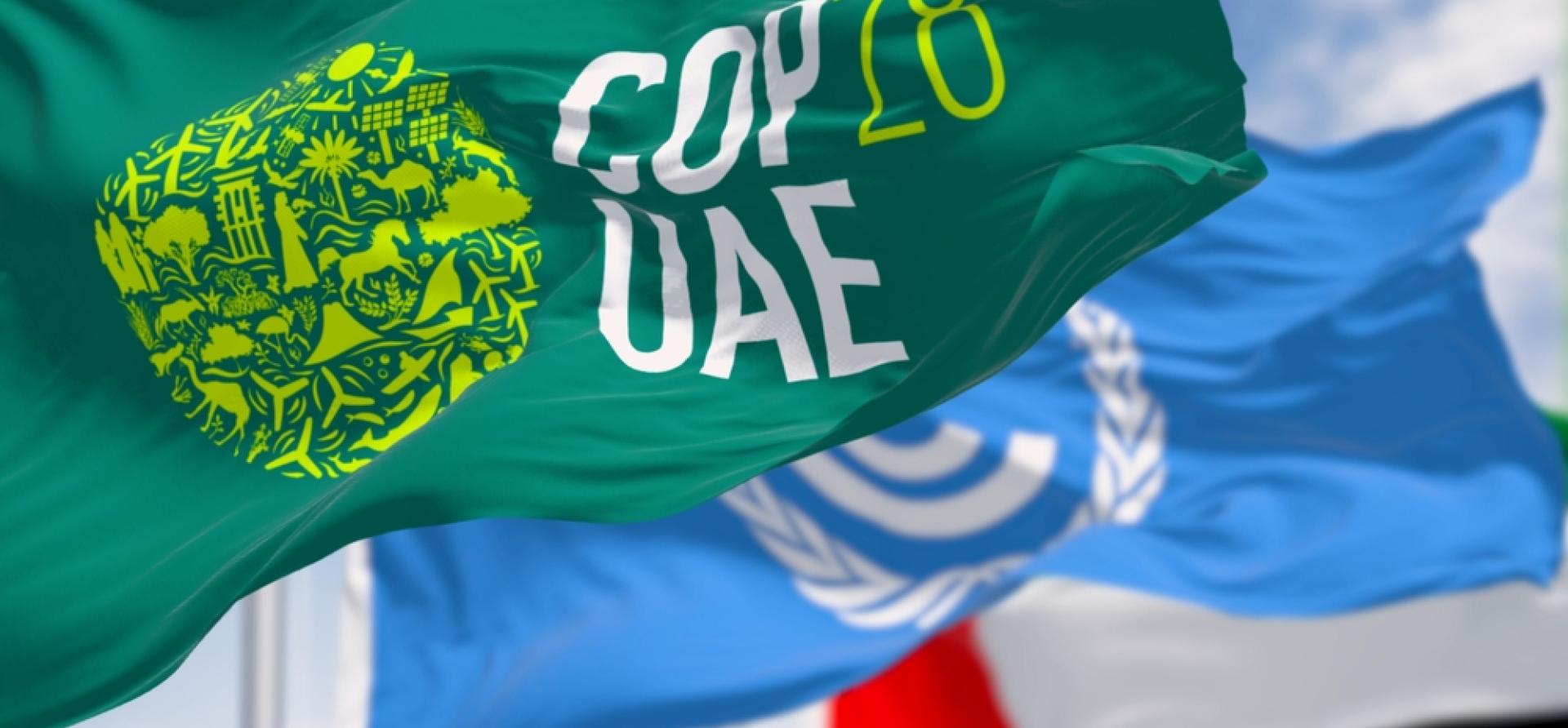COP28: Were there enough green shoots?

Key Findings
The agreement on tripling of renewable energy and doubling of energy efficiency was a positive at COP28. If countries continue on a pathway with this goal, cost economics will drive the phase down, and eventually phase out, of fossil fuel on its own without countries formally agreeing to it, though the timelines would shift.
There were no clear timelines for phasing out of all fossil fuels. It also means no early timelines for developed countries to reduce dependence on fossil fuels.
COP28 also failed to get an agreement to increase the corpus of annual investments the Global North will make to help energy transition in developing countries, which puts more pressure on the Global South to raise funds for meeting their climate goals.
COP28 concluded in Dubai after two weeks of hard negotiations with representatives from nearly 200 parties. Finally, heads of state and governments from 154 nations came to an agreement signalling the “beginning of the end” of the fossil fuel era along with the tripling of renewable energy and doubling of energy efficiency.
Fossil fuel success is a mixed-bag
The inclusion of the language on “ending fossil fuel” is a kind of first and thus laudable. However, there is a caveat that transitioning away from fossil fuels needs to be just, orderly and equitable, including using transition fuels.
This means no clear timelines for phasing out of all fossil fuels. It also means no early timelines for developed countries to reduce dependence on fossil fuels. This is despite such countries having the required technology and capital resources to leapfrog to clean energy without relying on transitory fuels like gas, with highly volatile prices in the last two years, or expensive carbon capture utilisation and storage (CCUS).
On the other hand, the inclusion of tripling of renewable energy and doubling of energy efficiency gives a reason to celebrate. If countries continue on a pathway with this goal, cost economics will drive the phase down, and eventually phase out, of fossil fuel on its own without countries formally agreeing to it, though the timelines would shift.
Climate Finance
COP28 started with a big bang announcement on climate adaptation and mitigation finance. The announcement of the Loss and Damage fund on the first day was a big breakthrough that galvanised amounts to totalling more than US$720 million till date. The Green Climate Fund (GCF) received a further boost to its second replenishment, with six countries pledging new funding totalling US$12.8 billion from 31 countries.
The UAE announced the landmark US$30 billion ALTÉRRA climate-focused investment vehicle, the largest ever, with the aim of mobilising US$250 billion of institutional and private capital into climate action by 2030.
For countries to reach net zero, US$4 trillion of annual investments are required. The countries in the Global South, which will witness high energy demand in the coming years, require a large share of these investments. At COP15, the Global North committed to US$100 billion of investments by 2020 for energy transition in developing countries. While the need for climate finance in the developing world has increased multifold, the Global North has not even kept its earlier promise.
COP28 failed to get an agreement to increase this corpus, which puts more pressure on the Global South to raise funds for meeting their climate goals. Developing countries need finance not only to build clean energy alternatives to decarbonise various sectors but also to support people and communities impacted by this transition.
India’s climate finance need
India has set a target of 500 gigawatts (GW) of generation capacity from non-fossil fuel sources and reducing emissions intensity by 45% by 2030. It targets achieving net zero by 2070. Meeting the net zero goals requires new investments from US$7.2 trillion to US$12.1 trillion.
The Reserve Bank of India estimates India should seek to deploy green financing equalling at least 2.5% of gross domestic product annually until 2030 to achieve near-term goals.
India needs domestic and international capital to meet its climate goals while progressing on its twin objectives of economic growth and energy transition. Given India’s development priorities, much of its domestic capital will go towards meeting its economic and social objectives.
Therefore, the country needs to tap a large pool of growing environment, social and governance (ESG) financing and capital from the international bond market. In the developing country context, more weightage is to be given to social indicators in ESG financing. Further, thematic bond issuances and sustainability-linked bonds can help India use funds to ensure energy transition in a just and equitable manner.
Capital infusion from institutional investors like equity and pension funds can help India achieve its energy transition goals. However, for investments into nascent technologies, the micro, small and medium enterprise (MSME) sector, or to help impacted communities and stakeholders in the energy transition process, private capital alone will not bet its money given the difference in return expectations because of the high risks.
Multilateral Development Banks can play the role of catalytic capital along with public funds and philanthropic capital to crowd in private capital in the global south. Blended finance mechanisms will be helpful in this context.
Road ahead of COP
India needs to continue to be the voice of the Global South and ensure both technology and capital are available to developing countries. More alliances, like the International Solar Alliance and the Global Biofuel Alliance, can help India demonstrate leadership in making technology and finance available to other emerging economies. Mission LiFE (Lifestyle For Environment) needs to be further strengthened, which will help instil a better lifestyle and reduce pressure on creating more supply-side options.
While COP28 started with some level of scepticism, there is light at the end of the tunnel. There have been a few misses but also a lot of hits.
(This article was first published by The New Indian Express)















